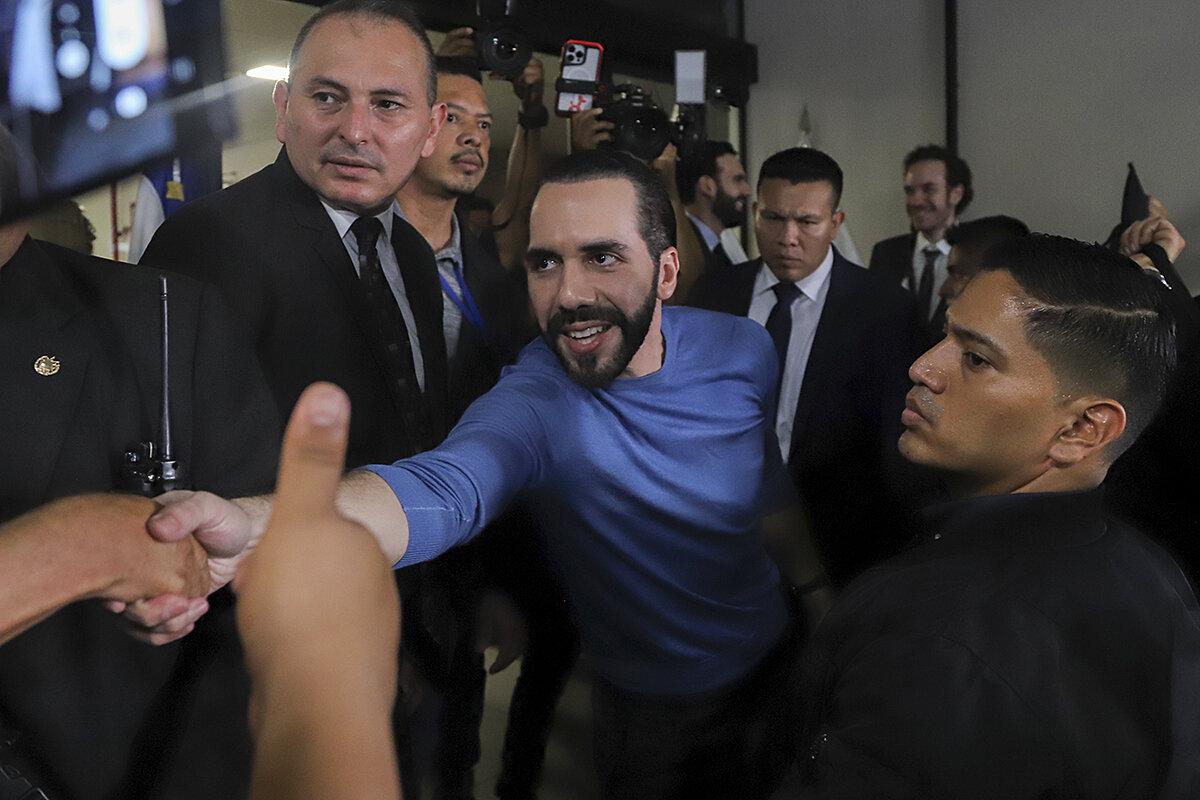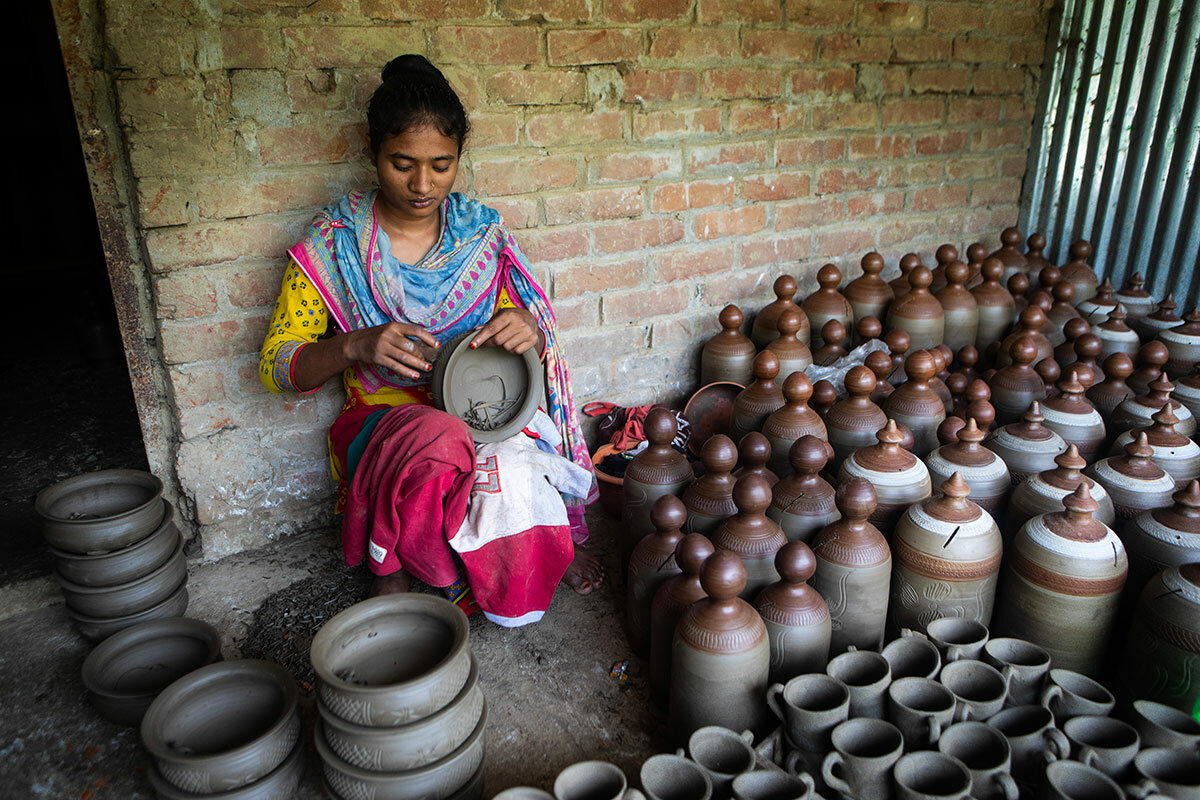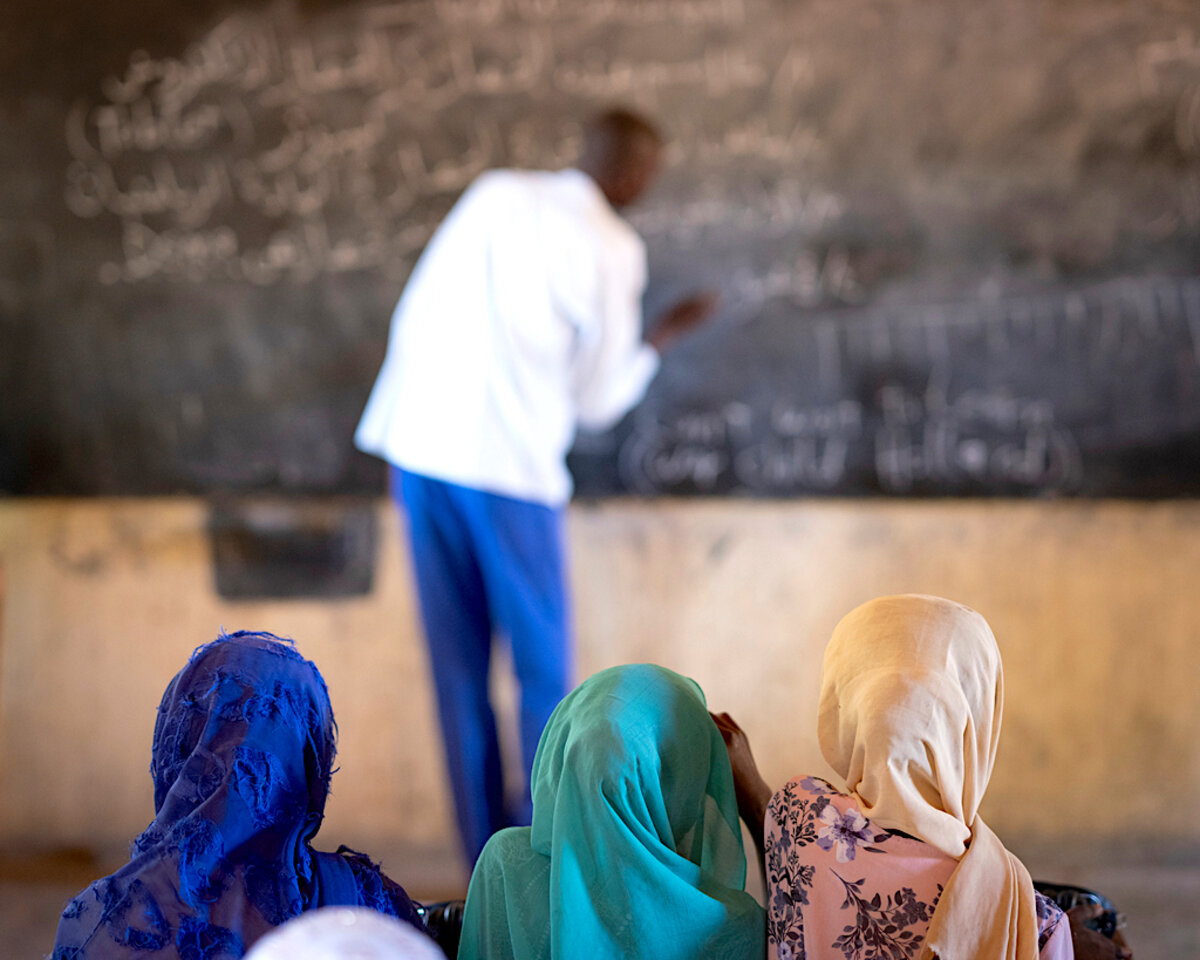Monitor Daily Podcast
- Follow us:
- Apple Podcasts
- Spotify
- RSS Feed
- Download
 Mark Sappenfield
Mark Sappenfield
Salvadorans are ready to essentially give up on democracy, and no wonder. Today’s Daily explores how democratic rule failed to lower the country’s crushing murder rate. President Nayib Bukele has done better, so Salvadorans aren’t complaining as he now runs roughshod over the constitution.
But our story on a gifted program in a New York school notes something else important. A community’s real power is in its people’s potential. Failing to capitalize on that means squandering huge amounts of human capital. El Salvador may have good reason to turn from democracy, but ultimately, only democracy can unleash the full potential of its people.










